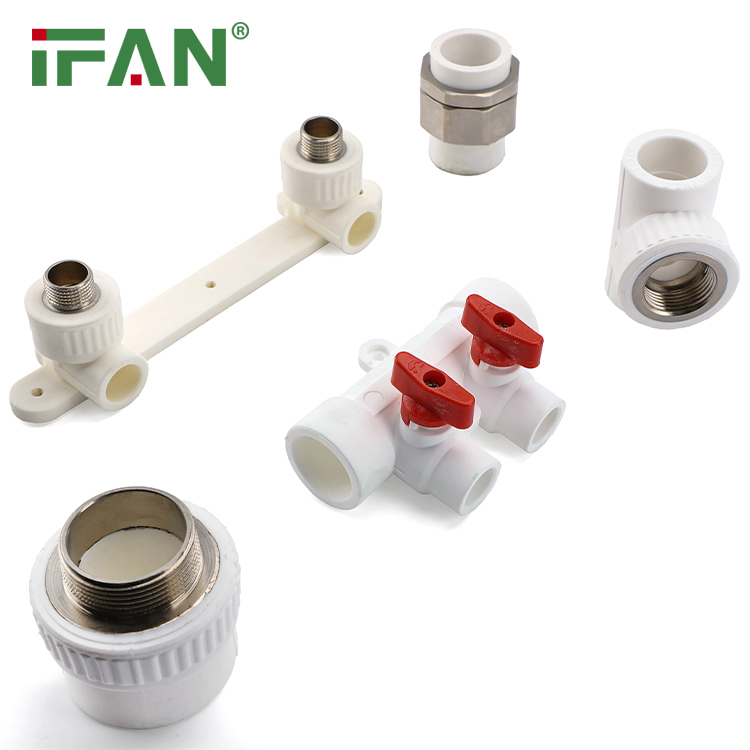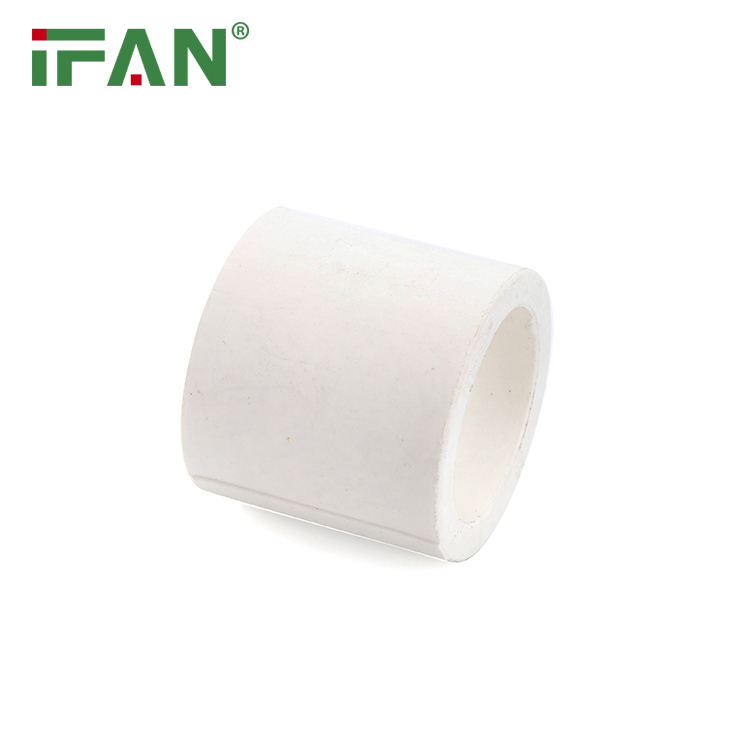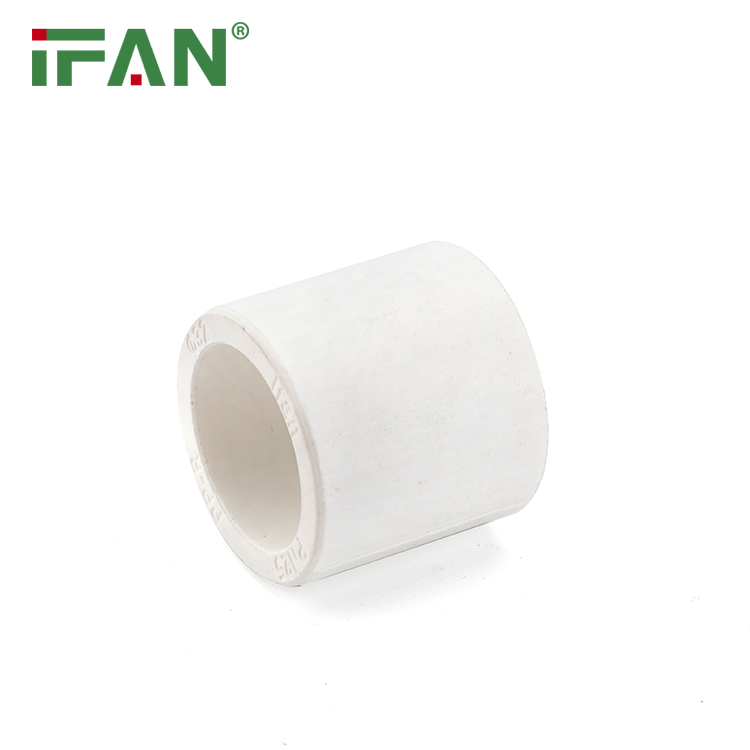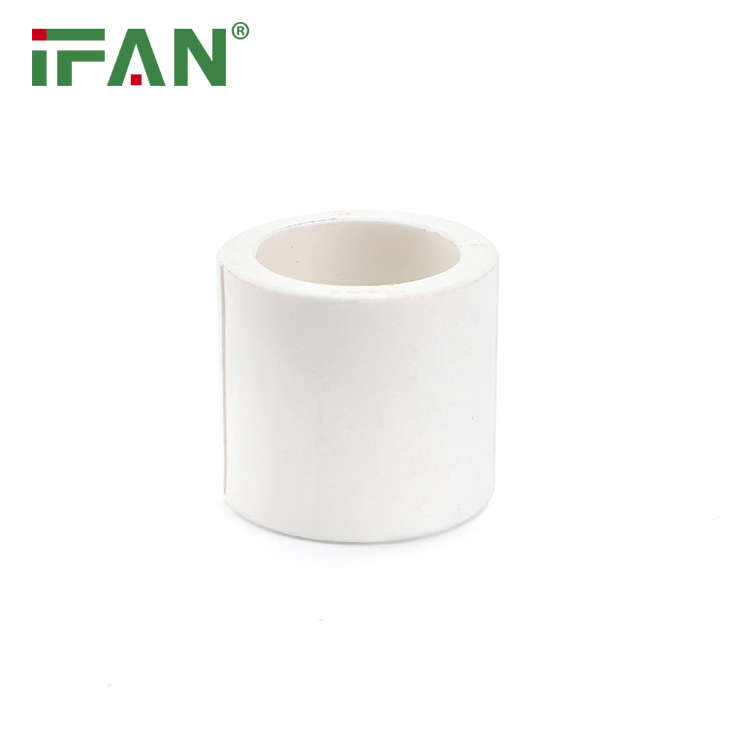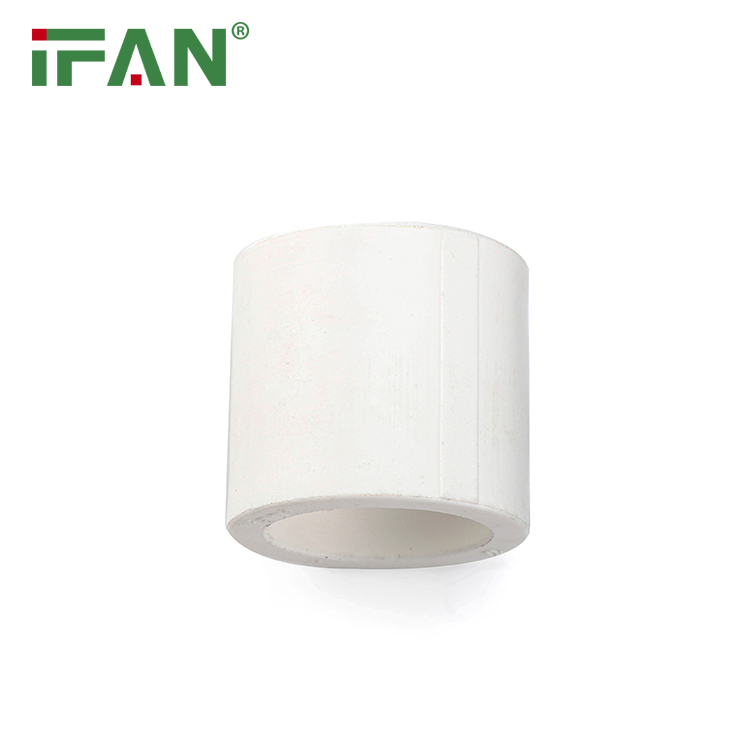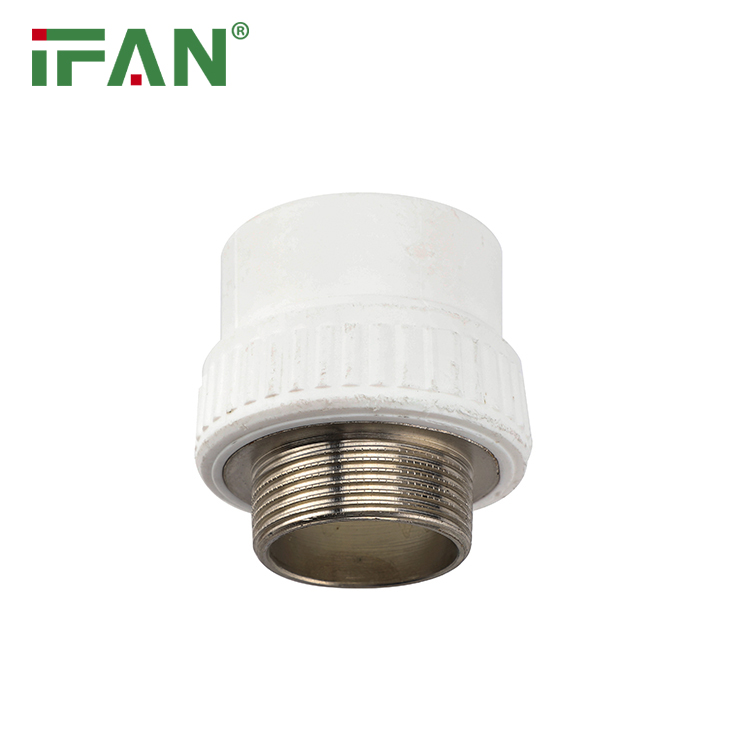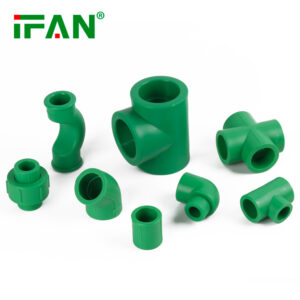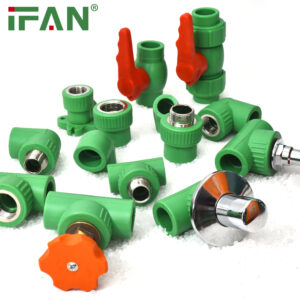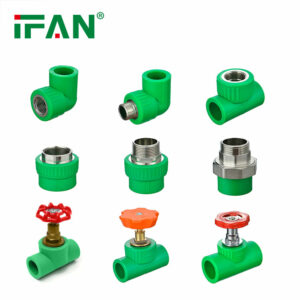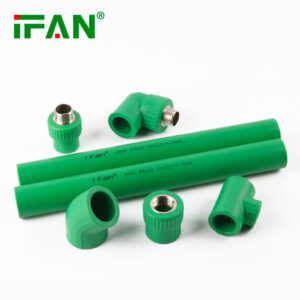Description
Introduction:
Polypropylene Random (PPR) pipes have become increasingly popular in recent years as a plumbing material due to their durability, longevity, and ease of installation. However, traditional plumbing materials such as copper and PVC pipes are still widely used. This article aims to compare PPR pipes to traditional plumbing materials, highlighting their benefits and features.
Durability:
One of the most significant advantages of PPR pipes is their durability. PPR pipes are highly resistant to corrosion, chemical damage, and high temperatures. In contrast, copper pipes can corrode over time, and PVC pipes can become brittle and crack. PPR pipes are also less likely to develop leaks or burst, making them a more reliable plumbing material.
Longevity:
PPR pipes have a longer lifespan than traditional plumbing materials. PPR pipes can last up to 50 years or more, while copper pipes typically last between 20-50 years, and PVC pipes have a lifespan of 25-40 years. This longevity makes PPR pipes a more cost-effective solution in the long run, as they require less maintenance and replacement.
Ease of Installation:
PPR pipes are easy to install, requiring fewer fittings and connections than traditional plumbing materials. PPR pipes can be joined using a welding machine, which creates a strong and leak-free joint. In contrast, copper pipes require soldering, which can be time-consuming and difficult, and PVC pipes require solvent welding, which can be messy and require ventilation.
Environmental Impact:
PPR pipes are a more environmentally friendly option than traditional plumbing materials. PPR pipes are recyclable, and their production process generates less waste and emissions than copper and PVC pipes. PPR pipes also require less energy to produce than copper pipes, making them a more sustainable choice.
Cost:
PPR pipes are generally more expensive than traditional plumbing materials. However, their durability, longevity, and ease of installation make them a more cost-effective solution in the long run. PPR pipes require less maintenance and replacement, reducing overall costs over time.
Conclusion:
In conclusion, PPR pipes offer several benefits and features that make them a superior plumbing material compared to traditional options such as copper and PVC pipes. PPR pipes are durable, long-lasting, easy to install, environmentally friendly, and cost-effective in the long run. By choosing PPR pipes, homeowners and plumbing professionals can ensure a reliable and sustainable plumbing system.
Related products
-
PPR Fittings
Green Plasitc PPR Fittings
-
PPR Fittings
PPR Material Fittings
-
PPR Fittings
IFAN PPR Fittings


